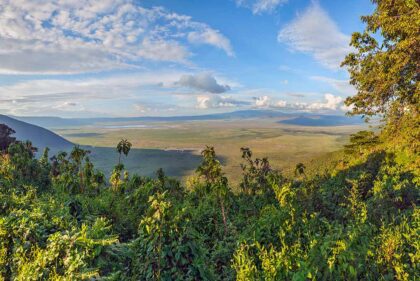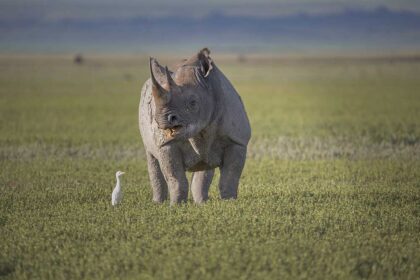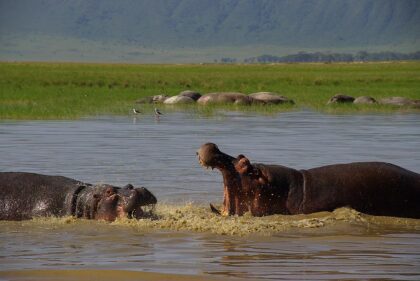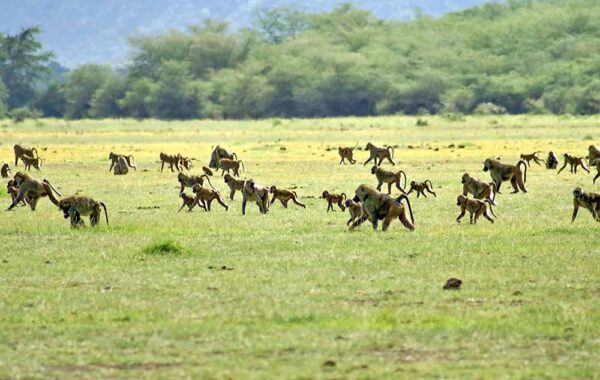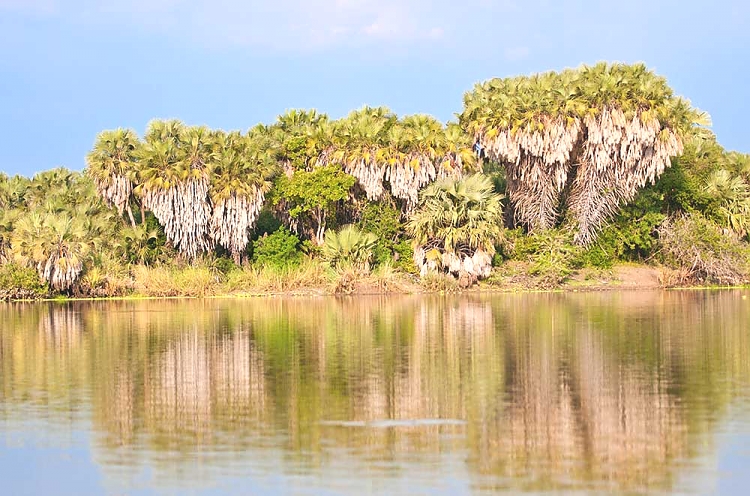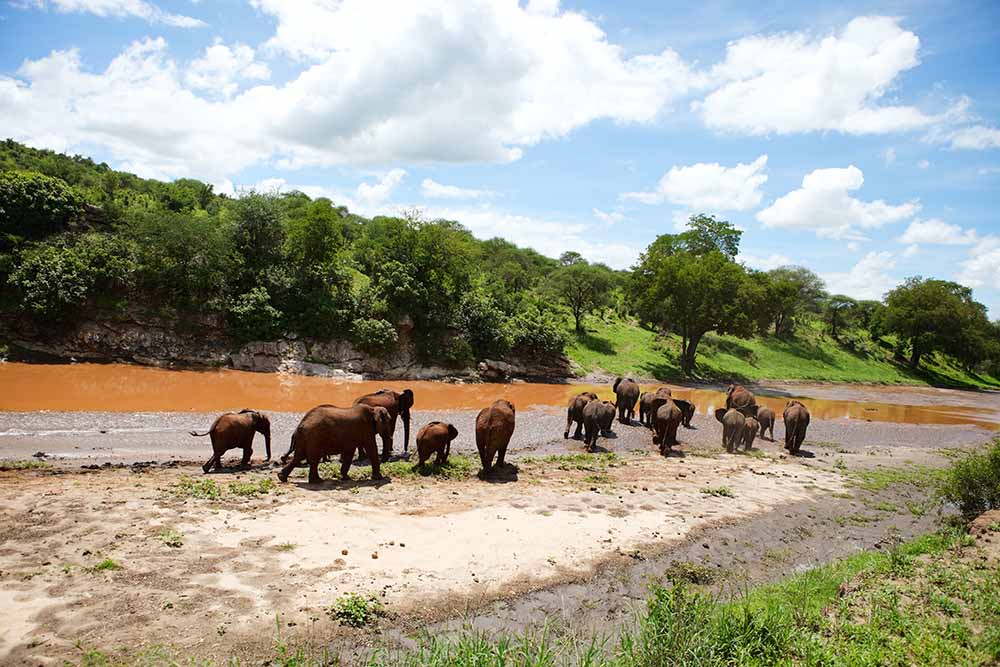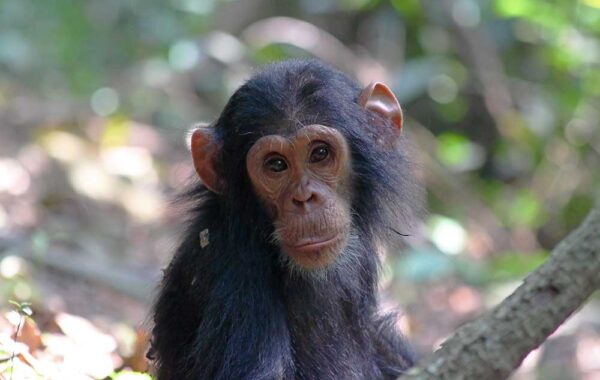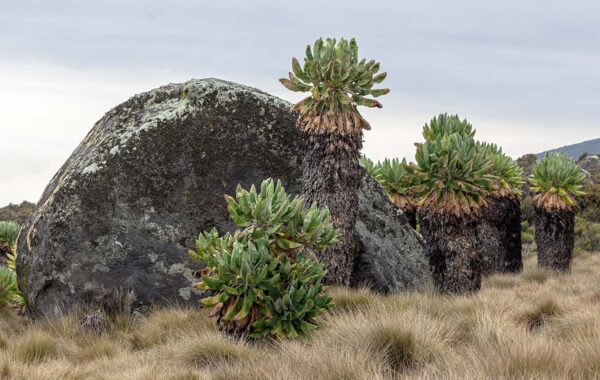Ngorongoro Crater
About Ngorongoro Crater
Formed millions of years ago by a massive volcanic eruption, the Ngorongoro Crater is one of the world’s largest intact calderas and a UNESCO World Heritage Site. Stretching 19 kilometers (12 miles) across and plunging 600 meters (2,000 feet) deep, this natural amphitheater shelters a breathtaking diversity of wildlife within its walls.
Highlights
Ngorongoro is home to nearly 30,000 animals, including lions, elephants, buffaloes, zebras, wildebeests, and the endangered black rhino. Its unique ecosystem features grasslands, acacia forests, swamps, and a soda lake—Lake Magadi—often fringed by flamingos. The crater’s enclosed nature makes wildlife sightings exceptionally reliable year-round, creating one of the most rewarding safari experiences in Africa.
Getting There
Located about 180 kilometers (112 miles) west of Arusha, Ngorongoro can be reached in about three to four hours by road. It forms a key part of Tanzania’s Northern Safari Circuit, usually visited in combination with Tarangire, Lake Manyara, and the Serengeti. Charter flights are available to nearby Lake Manyara Airstrip, followed by a short drive to the crater.
What to Do
The main activity is a crater descent and game drive, offering unmatched opportunities to spot the “Big Five.” Visitors can also enjoy scenic crater rim walks, bird watching, and cultural experiences in nearby Maasai villages. With its breathtaking views, rich wildlife, and dramatic landscapes, Ngorongoro delivers a safari experience that feels like stepping into a living Eden.



